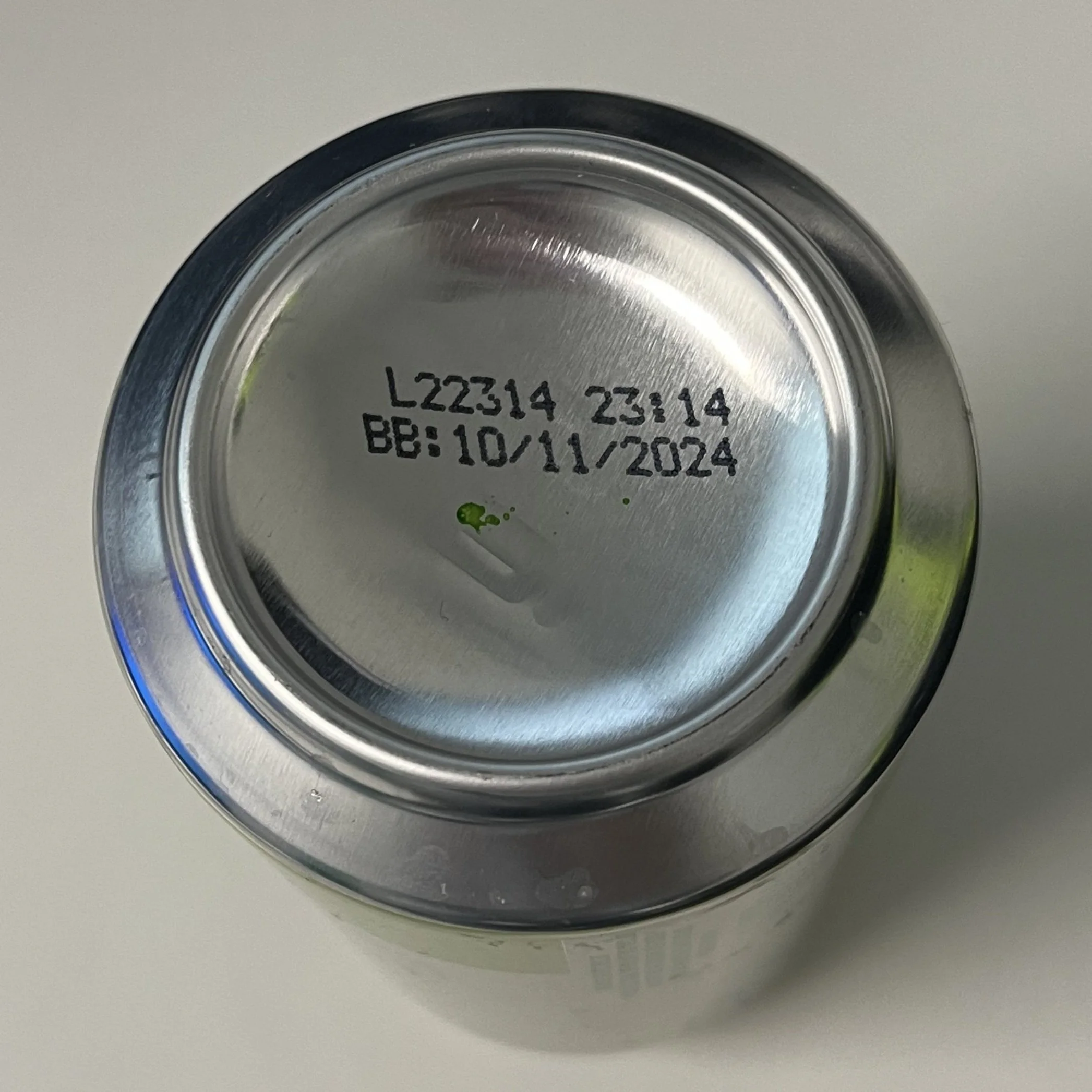How do lot codes work?
Lot codes are a mandatory requirement under the Food Standards Code in Australia. There are a number of regulations surrounding lot numbers both domestically and internationally. Lot numbers help manufacturers trace every item produce from their facility. This is particularly important if the unfortunate situation of a produce recall or withdrawal arises.
What do lot codes look like?
Here at IDL, we lot code every bottle, can or keg produced at our facility. Our lot codes look as per the following: L22356 07:15.
How to read a lot code:
When broken down, the L stands for ‘Lot’, followed by the last two digits of the year the product was made in, which in the above example is ‘22’, meaning 2022. Then, it’s followed by the day of the year. In the above example this is the 356th day of the year. This is also referred to as a julian calendar date. Proceeding the lot code is a time stamp in 24 hour time format. This is the time that the individual unit (bottle, can or keg) was produced. This particular product in the above example was produced in 2022, on the 356th day of the year (December 22nd) at 7:15am.
Where do you find lot codes?
At IDL, you’ll find lot codes on the base of our cans. They are normally in black ink. For our bottles, they’re located towards the bottom of the bottle typically in yellow ink. For kegs, this is done on the top of the keg near the keg tap in black ink. Cartons are also lot coded which may be on the long or short edge of a carton depending which machine the product is being packaged on.
Best before and use by dates:
Best before dates outline the date at which a product is at it’s optimum for consumption. Use by dates specify the date a product is safe to consume by. A product can not be sold once its use by date has lapsed. Best before dates are written as ‘BB: 01/01/2023’ by IDL. Not all beverages require a best before or use by date, however often RTD beverages do.
